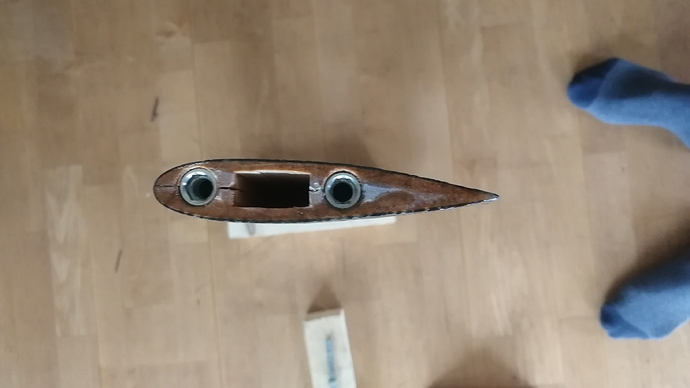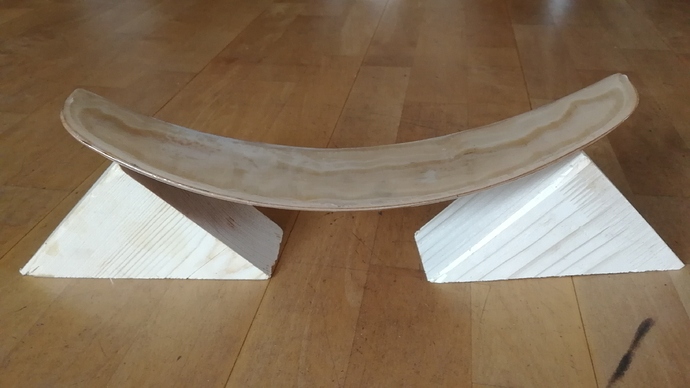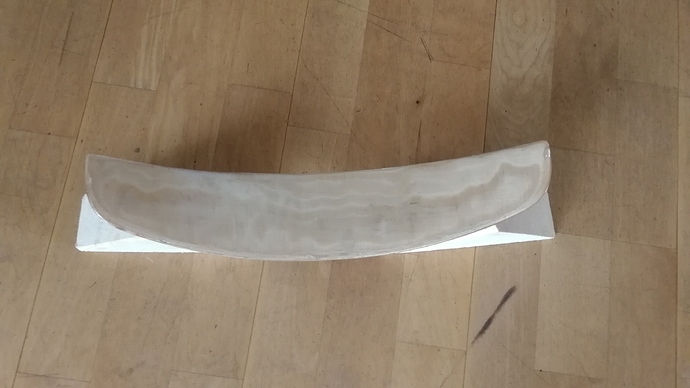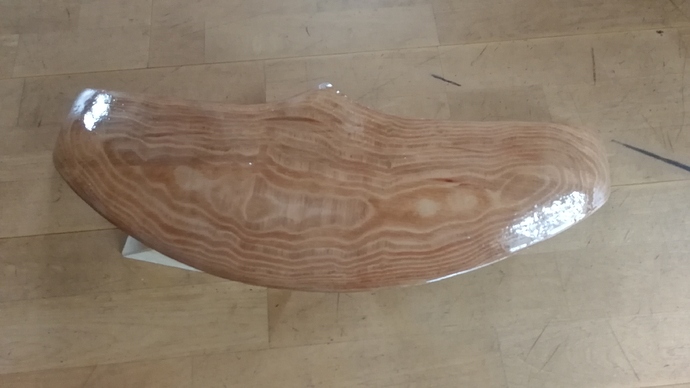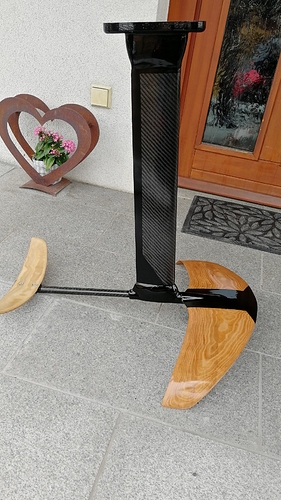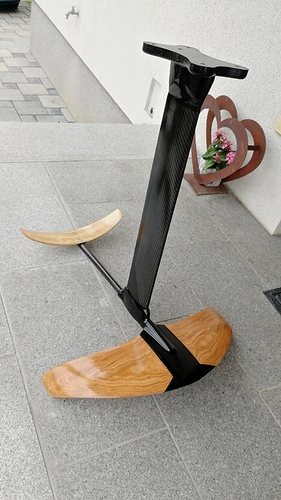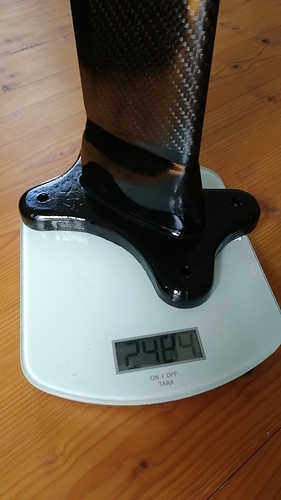Hi guys,
I am a mencanical-engineering student from Austria.
After hours of scrolling and reading through the whole efoil.builders forum, I´ve now started my 100% DIY hydrofoil project. My build will be very slow, but I would like to give you some insights into my progress.
My main intention is to build an electric foil with the lowest costs possible. To achieve this goal, I will try to do as much as possible by myself.
Because of the fact, that I am currently attending university, my budget is very tight. So I would like to ask if anybody has some “leftovers” from their previous builds, that are intact, but not used anymore. I am at the very beginning of this project, so I think that nearly everything that I can get would be an improvement for me. For sure, I would pay for these parts!
After reading hours through your posts, I think that I have now figured out my setup (Unless I find some used parts):
Foil: DIY Hydrofoil + Board
Motor: AP 80100 (https://alienpowersystem.com/shop/brushless-motors/c80100-outrunner-brushless-motor-80kv-7000w/)
ESC: Flipsky High Current ESC (https://flipsky.net/collections/electronic-products/products/high-current-fsesc-200a-60v-base-on-vesc6)
Battery: 2 serial batteries 20000mah for 12s (https://hobbyking.com/de_de/turnigy-high-capacity-battery-20000mah-6s-12c-drone-lipo-pack-xt90.html?queryID=8f7b169a85d556d7ad56ed535929b8c6&objectID=78412&indexName=hbk_live_magento_de_de_products)
So I started a week ago with building my Hydrofoil:
As you can see, I started by designing my foil in Creo Parametric. The dimensions are very similar to the Levitatz Foil.
The two wings were form glued in my fathers workshop and afterwards sanded down to the profile, that I printed at airfoiltools.com. Afterwards I added two layers of 100g/m^2 fiberglass and epoxy.
The mast has a milled wood core which is laminated with 160g/m^2 carbopn fiber and epoxy.
The fuselage is also Carbon a carbon fibred woodcore.
The next step will now be to sand the last layer of epoxy down, and then screw all the parts together.
For an extra strenght at the connections, I have 3d-printed molds with will be poured with epoxy.
The mast already has some free space for the cables.
Finally there will also be a gloss coat over the finished foil.
I would be very happy if anybody would sell me some of their spare parts or would give me some useful tips ![]()

